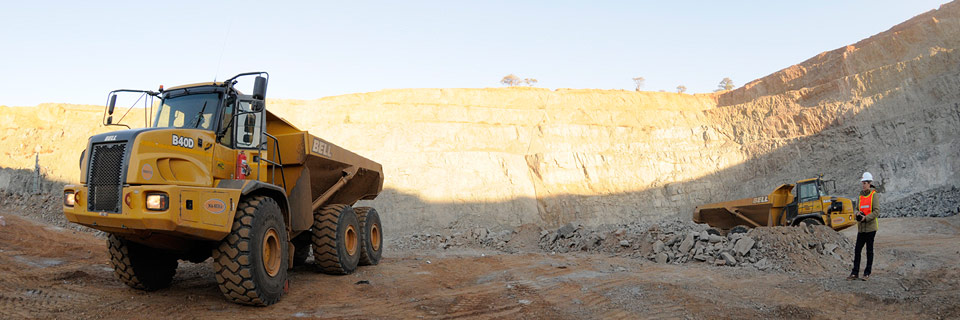
| FY14 | FY13 | FY12 | |
|---|---|---|---|
| Number of employees | |||
| – Permanent employees | 230 | 246 | 258 |
| – Contractors | 471 | 390 | 454 |
| Total | 701 | 636 | 712 |
| Operational | |||
| Volumes milled (000t) | 1 472 | 1 398 | 1 342 |
| Gold produced (kg) | 1 162 | 1 332 | 1 041 |
| Gold produced (oz) | 37 358 | 42 825 | 33 469 |
| Grade (g/t) | 0.79 | 0.95 | 0.78 |
| Productivity (g/TEC) | 185.15 | 202.19 | 162.45 |
| Financial | |||
| Revenue (Rm) | 522 | 571 | 442 |
| Average gold price received (R/kg) | 433 759 | 451 856 | 422 756 |
| Production profit/(loss) (Rm) | 103 | 215 | 134 |
| Capital expenditure (Rm) | 33 | 52 | 76 |
| Cash operating cost (R/kg) | 351 670 | 288 147 | 291 328 |
| All-in sustaining cost (R/kg) | 397 889 | 329 652 | 381 744 |
| Safety | |||
| No of fatalities | 0 | 0 | 0 |
| Lost-time injury frequency rate per million hours worked | 0.90 | 3.87 | 1.27 |
| Environmental | |||
| Electricity consumption (GWh) | 41 | 46 | 43 |
| Water consumption – primary activities (ML) | 1 707 | 1 571 | 1 324 |
| greenhouse gas emissions (000t CO2e) | 41 | 46 | 43 |
| Intensity data per tonne treated | |||
| – energy | 0.03 | 0.033 | 0.032 |
| – water | 1.16 | 1.12 | 0.99 |
| – greenhouse gas emissions | 0.03 | 0.033 | 0.32 |
| Number of reportable environmental incidents | 0 | 0 | 0 |
| Community | |||
| Local economic development (Rm) | 7 | 5 | 3 |
| Training and development (Rm) | 3.7 | 2.7 | 1.0 |
Kalgold experienced a series of challenges throughout the year with concomitant falls in gold production. In the first quarter, crusher system operations were affected. However, in the interests of maintaining cash-flow positive operations, capital spending on new mills was deferred. This proved to be the correct strategy during the third quarter when mill grades fell following heavy rains which resulted in delayed blasting of higher-grade ore blocks. Plans to improve production include a focus on maintenance of the crusher so as to enhance mill throughput and an upgrade of the elution plant.
The Kalgold plant upgrade is starting to yield improved throughput results. The plant struggled with poor gold recovery during the last two months of the year. The A zone pit is changing from oxide ore to sulphide ore.